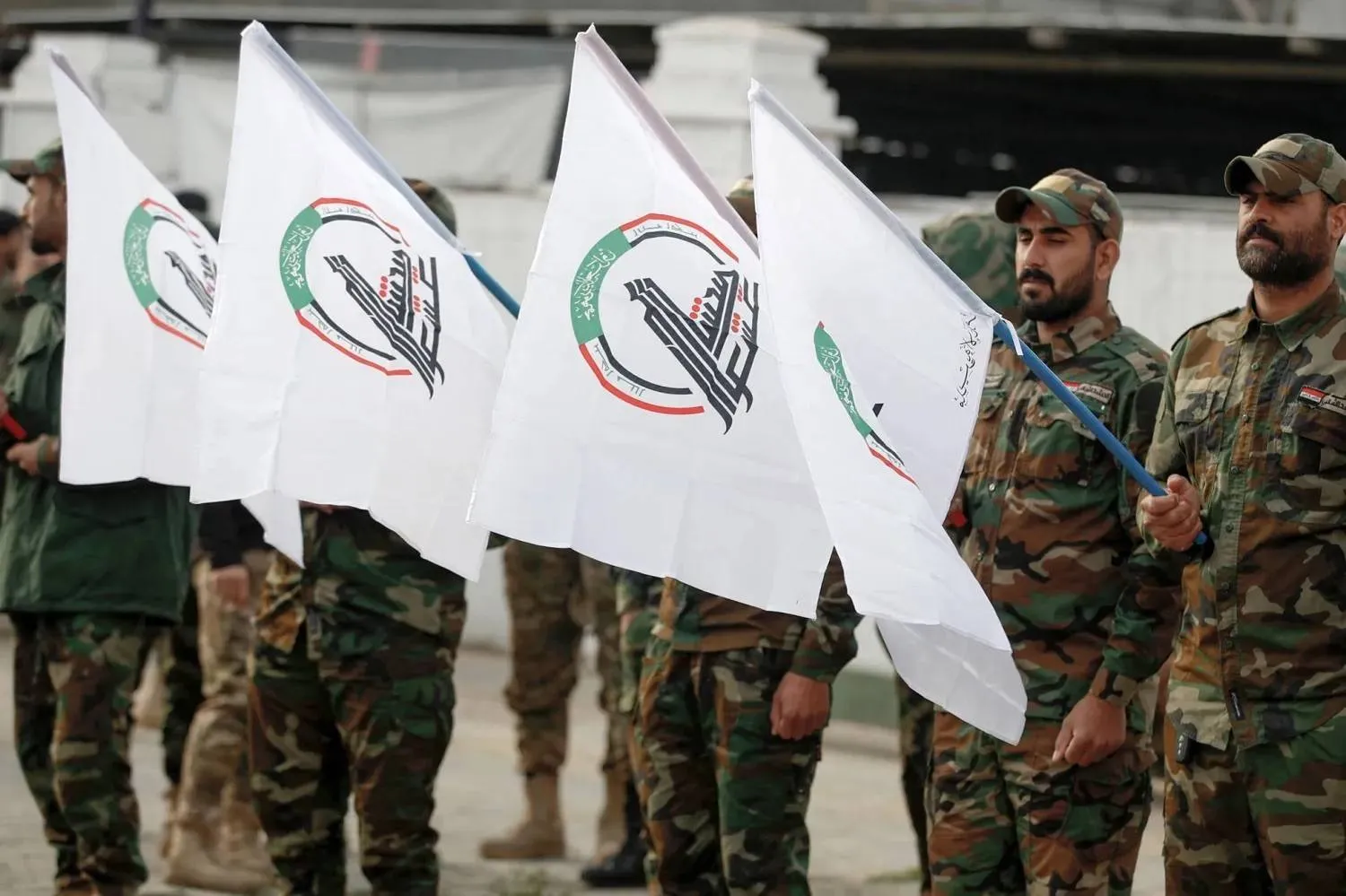The leader of Iraq traveled to Michigan on Thursday following a sit-down with President Joe Biden to meet with the state's large Iraqi community and update them on escalating tensions in the Middle East following Iran’s weekend aerial assault on Israel.
Iraqi Prime Minister Mohammed Shia al-Sudani's trip to both Washington and Michigan to discuss US-Iraq relations had been planned well before Saturday's drone and missile launches from Iran-backed groups. The visit has been thrust into the spotlight as tensions in the region escalate following the strike, which included drone and missile launches that overflew Iraqi airspace and others that were launched from Iraq by Iran-backed groups.
Michigan holds one of the largest populations of Iraqis in the nation and many local Democrats have pushed back against US support for Israel's war in Gaza following the Hamas attack on Oct. 7. The state holds the largest concentration of Arab Americans in the country, The Associated Press said.
The Iraqi prime minister was met by Wayne County Executive Warren Evans upon arrival Thursday in addition to multiple leaders within the area's Arab American community, including Deputy Wayne County Executive Assad I. Turfe and Dearborn’s state Rep. Alabas Farhat.
A motorcade of over 40 cars then traveled to a mosque in Dearborn Heights where the prime minister met with Iraqi community members and officials to give an update on his meeting with Biden talking about the economic relations between Iraq and the US.
Local Wayne County leaders emphasized that the meeting had been planned before this weekend's developments, saying that a goal of the trip was to build relationships in a community that holds the largest Iraqi population outside of the Middle East.
There are just over 90,000 residents in Michigan of Iraqi descent, the largest of any state, according to the most recent US Census. In Wayne County, home to the cities of Detroit and Dearborn, 7.8% of residents identified of Middle Eastern and North African ancestry, alone or in any combination, the highest percentage of any US county.
The concentration of those residents in the outskirts of Detroit has led to multiple visits to the area from officials engaged in Middle Eastern relations.
Amos Hochstein, a senior adviser to Biden, traveled to metro Detroit in March to meet with Lebanese Americans and discuss efforts to prevent the conflict from expanding along Israel’s northern border, where Hezbollah operates. Multiple White House officials also traveled to Dearborn in February to meet with Arab American leaders to discuss the conflict.
Fears over the war expanding grew over the weekend following the strikes and the developments have raised further questions about the viability of the two-decade American military presence in Iraq. However, a US Patriot battery in Irbil, Iraq, which is designed to protect against missiles, did shoot down at least one Iranian ballistic missile, according to American officials — one of dozens of missiles and drones destroyed by US forces alongside Israeli efforts to defeat the attack.
Iraq: Sudani Heads to Michigan to Meet Arab Americans at a Tense Time for the Middle East

5 April 2024, US, Arlington: Iraqi Prime Minister Mohammed Shia al-Sudani meets with US Secretary of Defense Lloyd Austin at the Pentagon. Photo: Mc1 Alexander Kubitza/Planet Pix via ZUMA Press Wire/dpa

Iraq: Sudani Heads to Michigan to Meet Arab Americans at a Tense Time for the Middle East

5 April 2024, US, Arlington: Iraqi Prime Minister Mohammed Shia al-Sudani meets with US Secretary of Defense Lloyd Austin at the Pentagon. Photo: Mc1 Alexander Kubitza/Planet Pix via ZUMA Press Wire/dpa
لم تشترك بعد
انشئ حساباً خاصاً بك لتحصل على أخبار مخصصة لك ولتتمتع بخاصية حفظ المقالات وتتلقى نشراتنا البريدية المتنوعة







